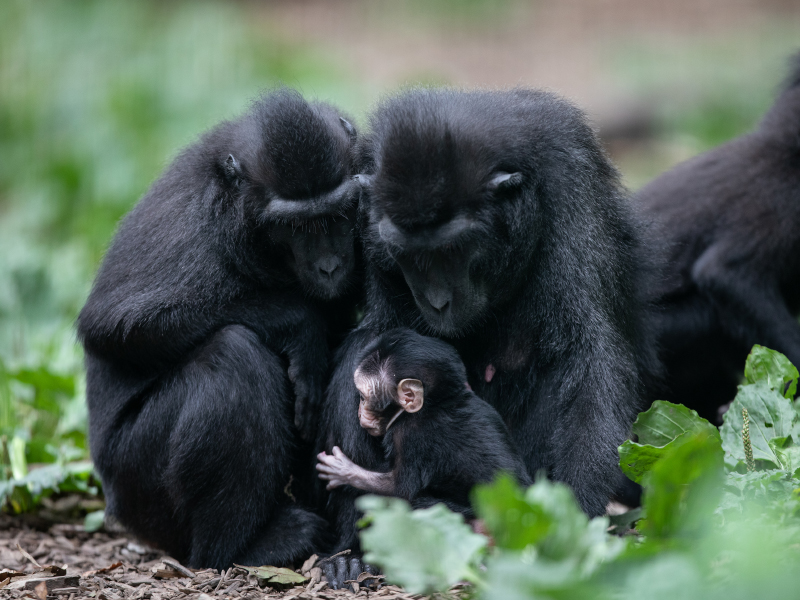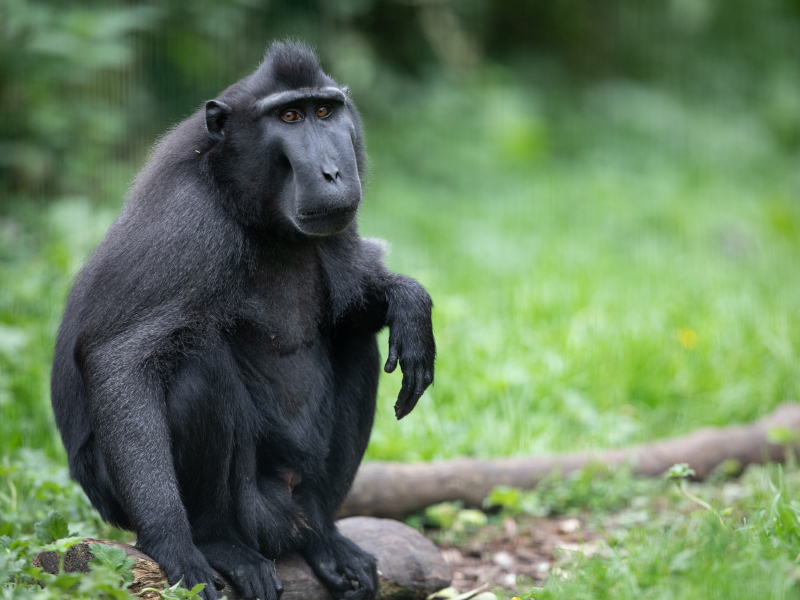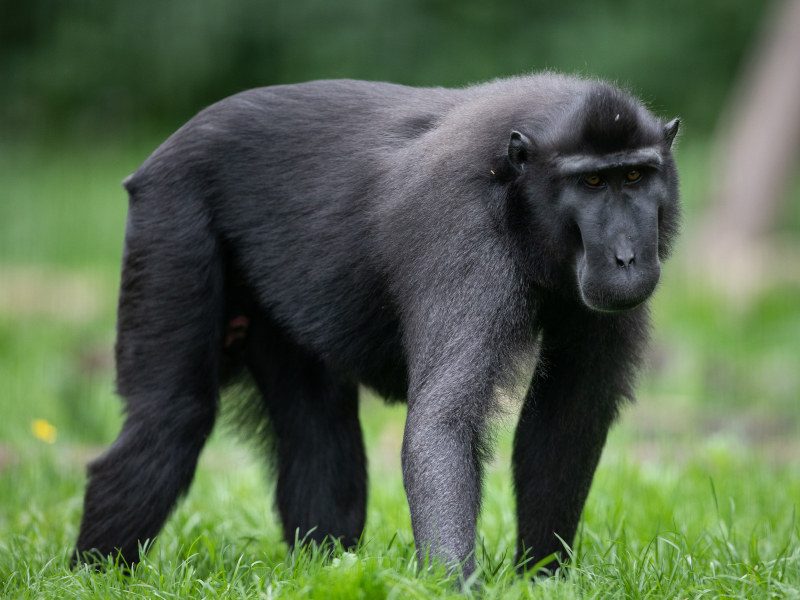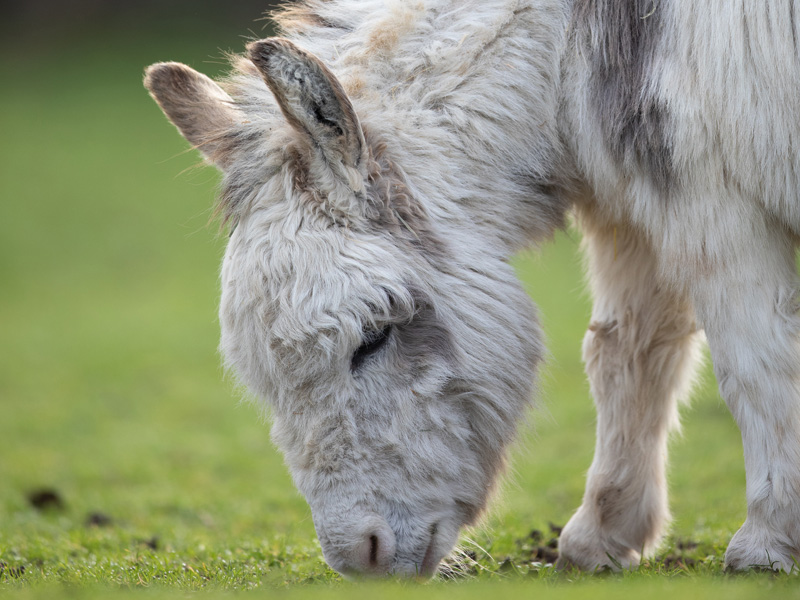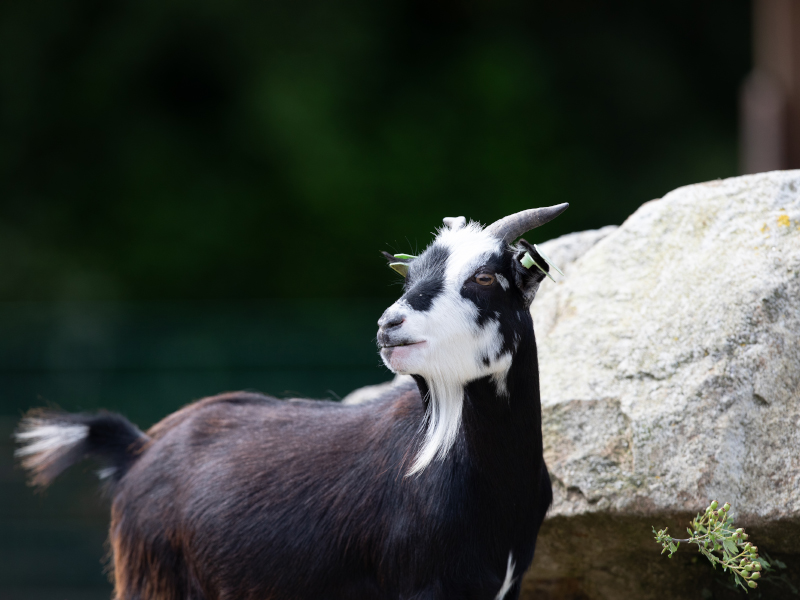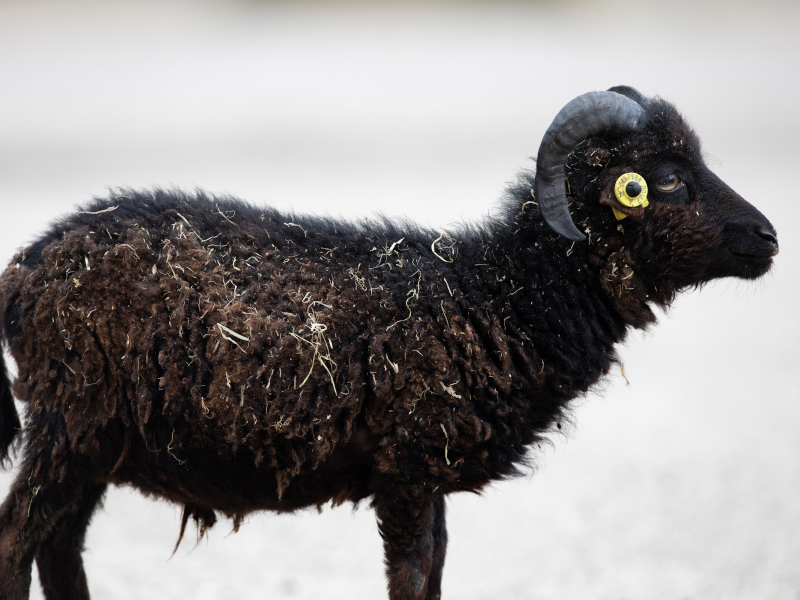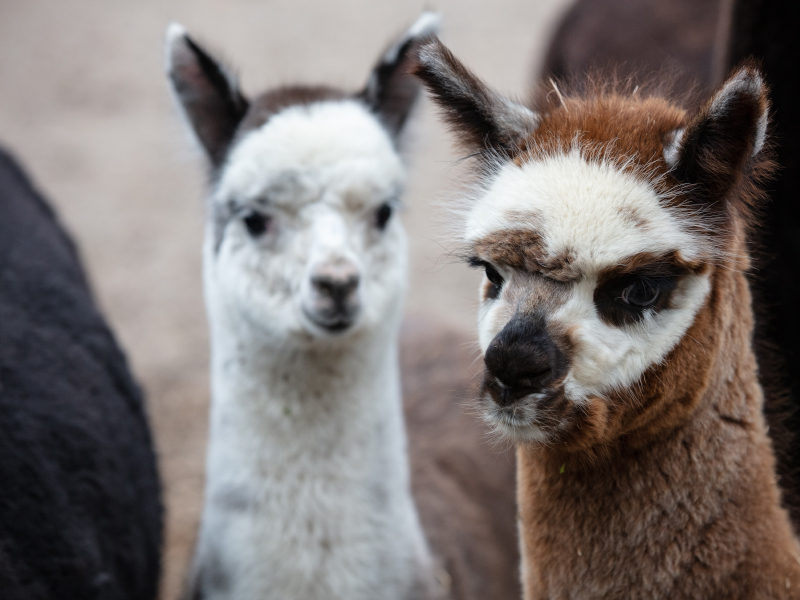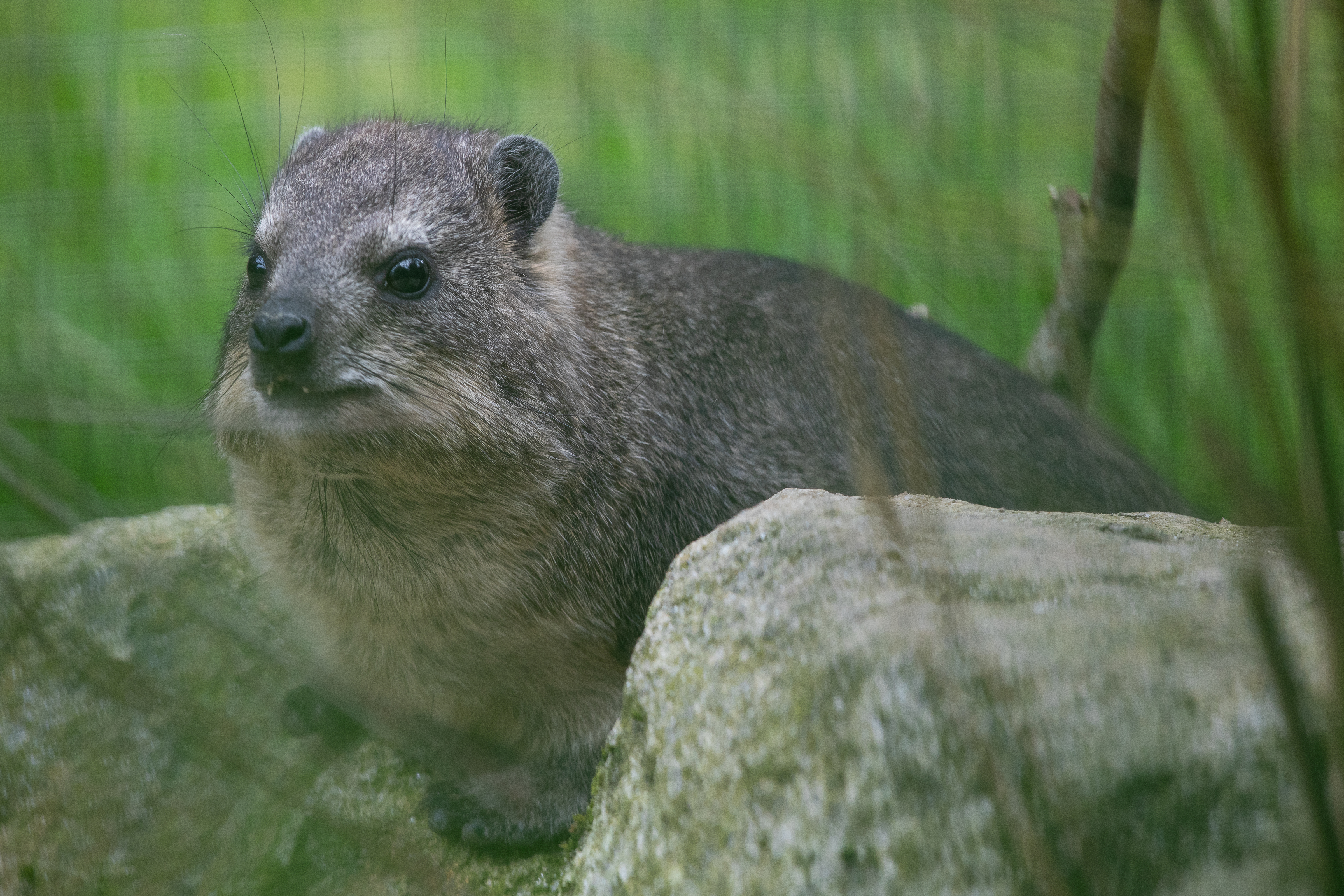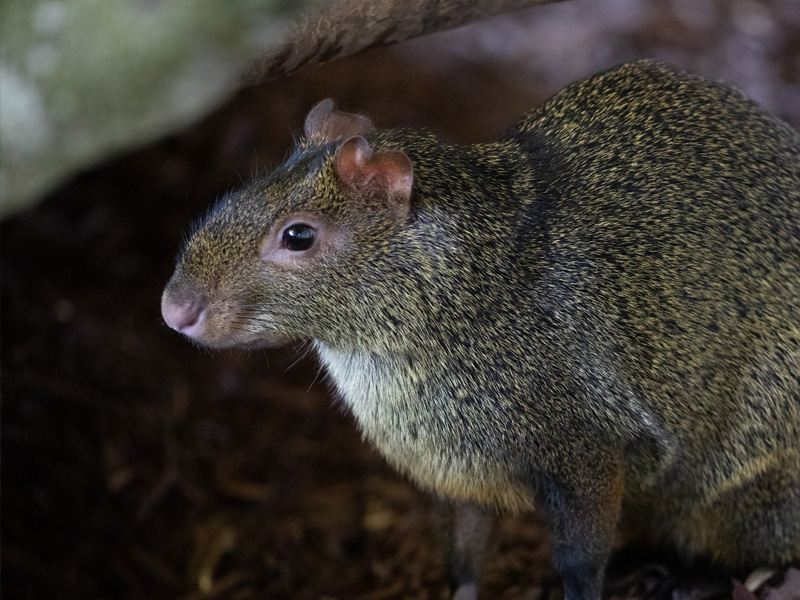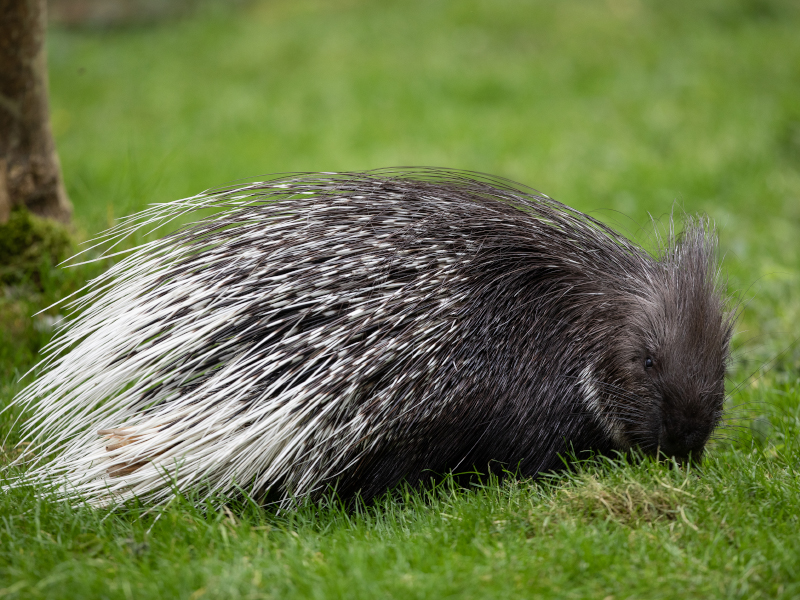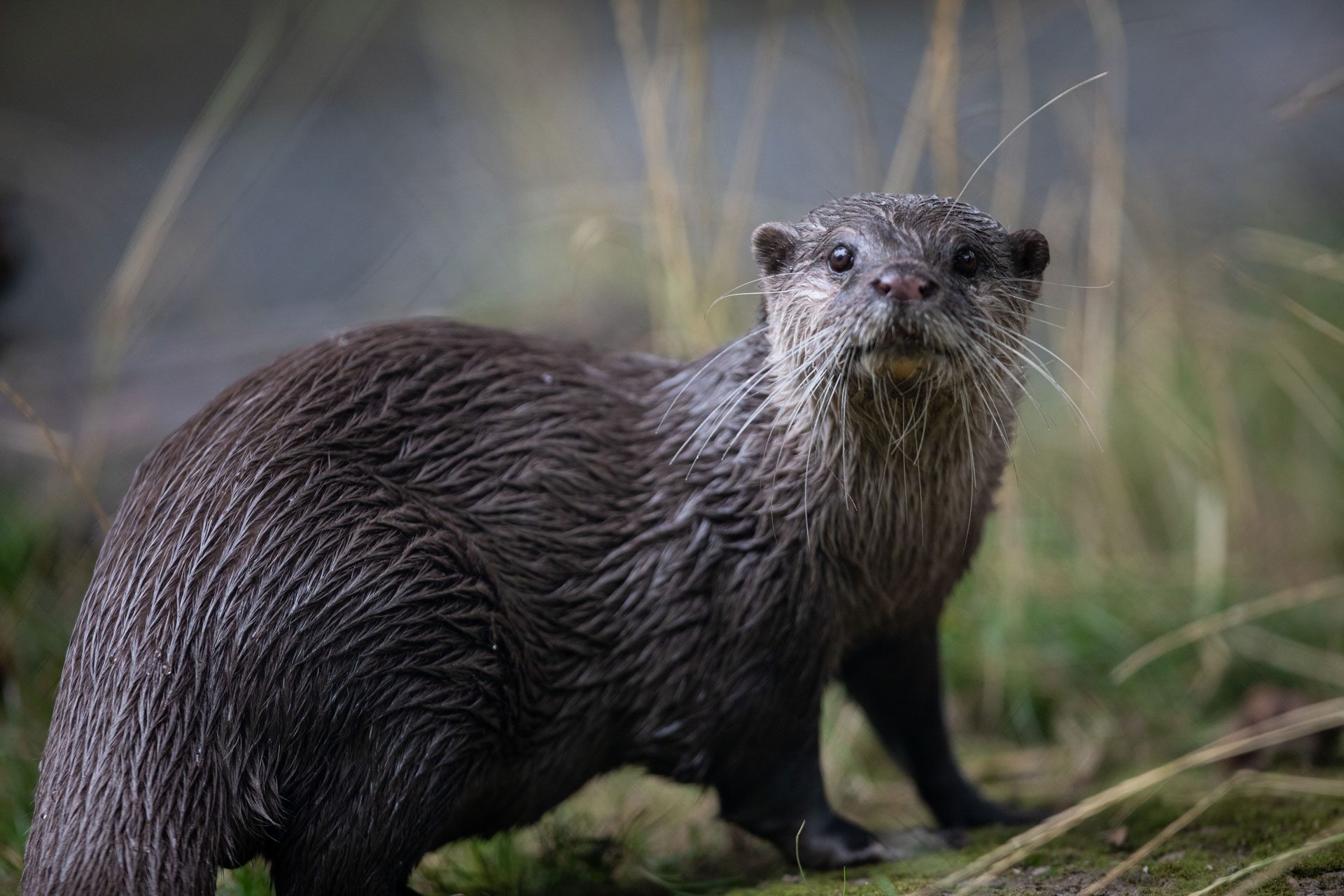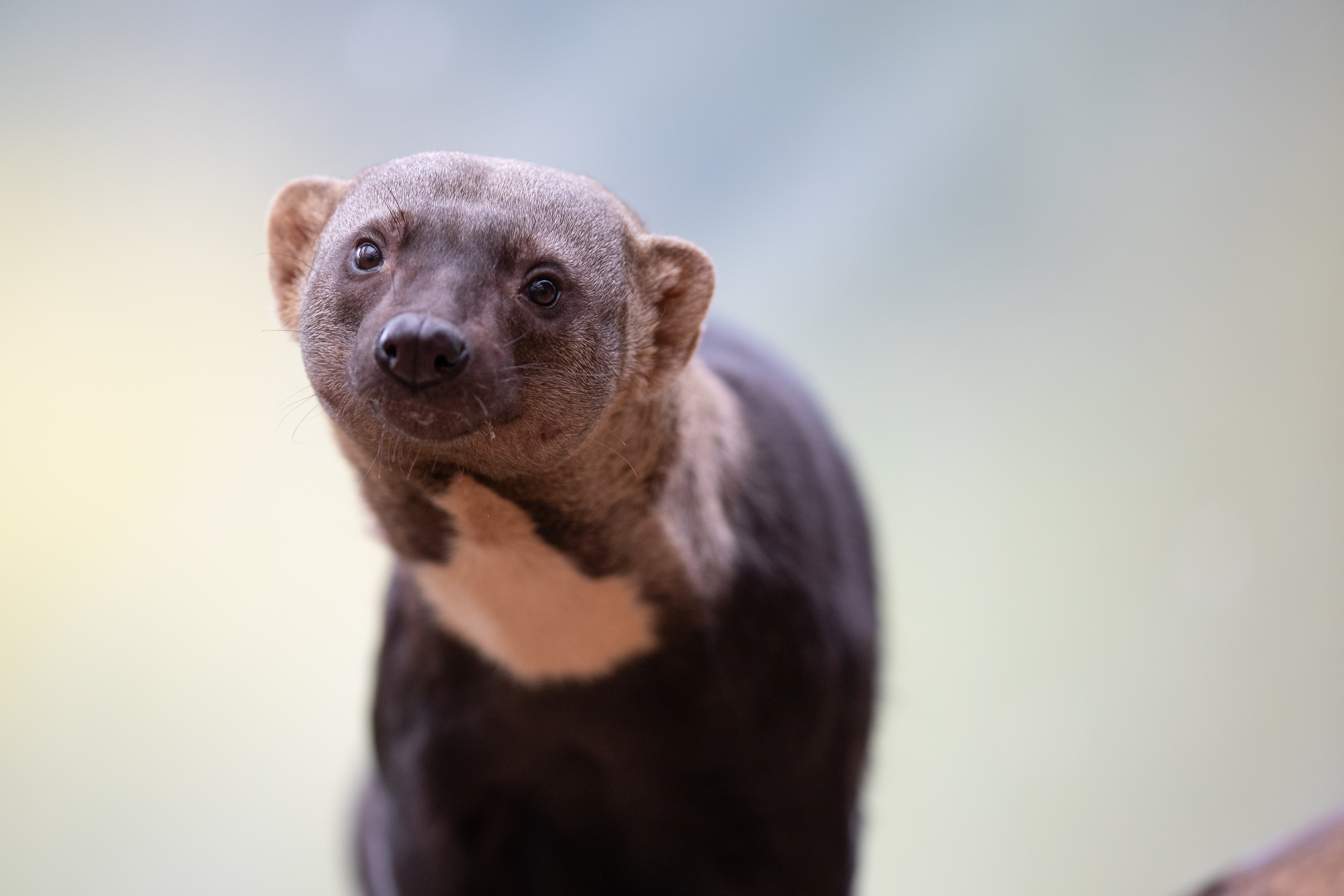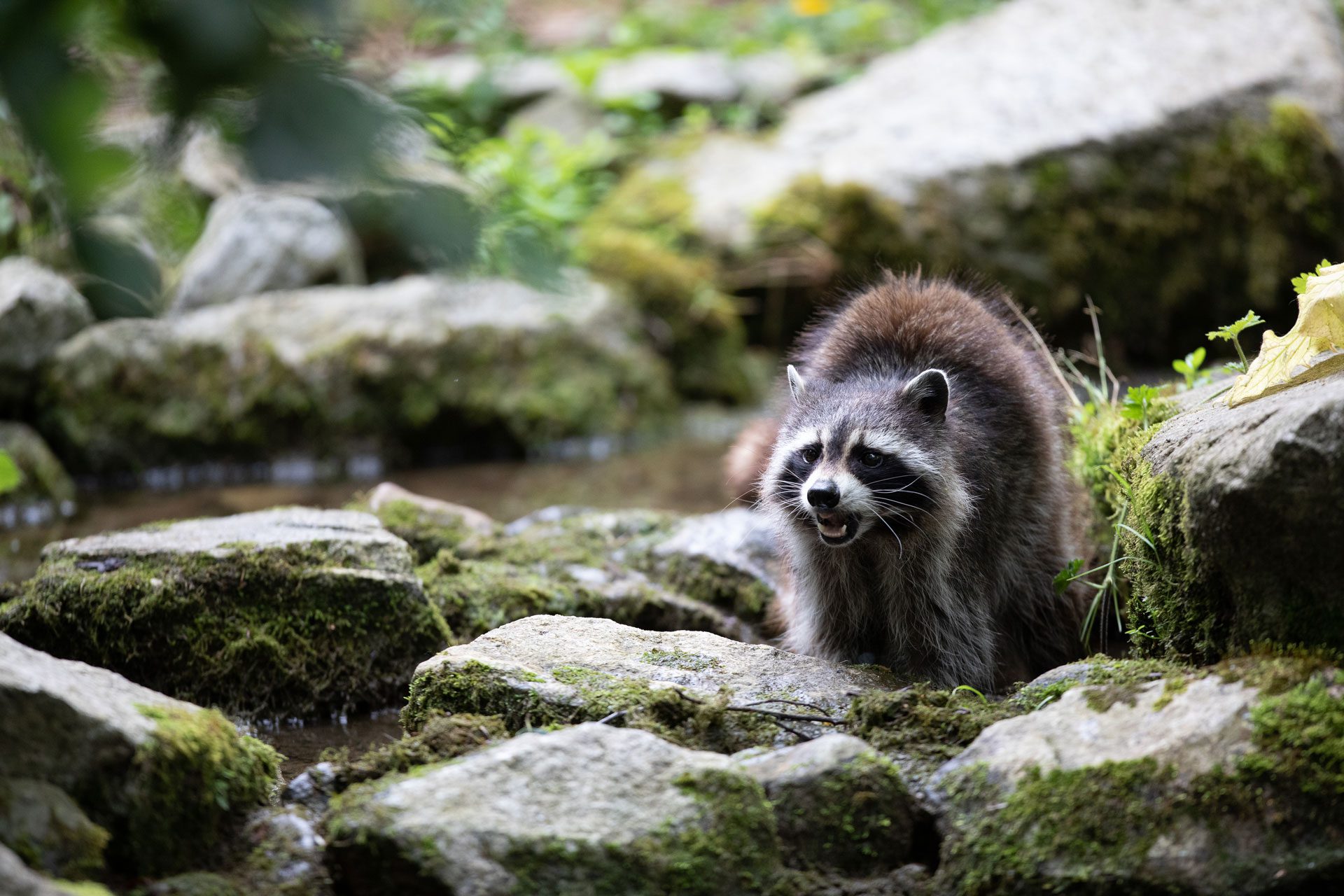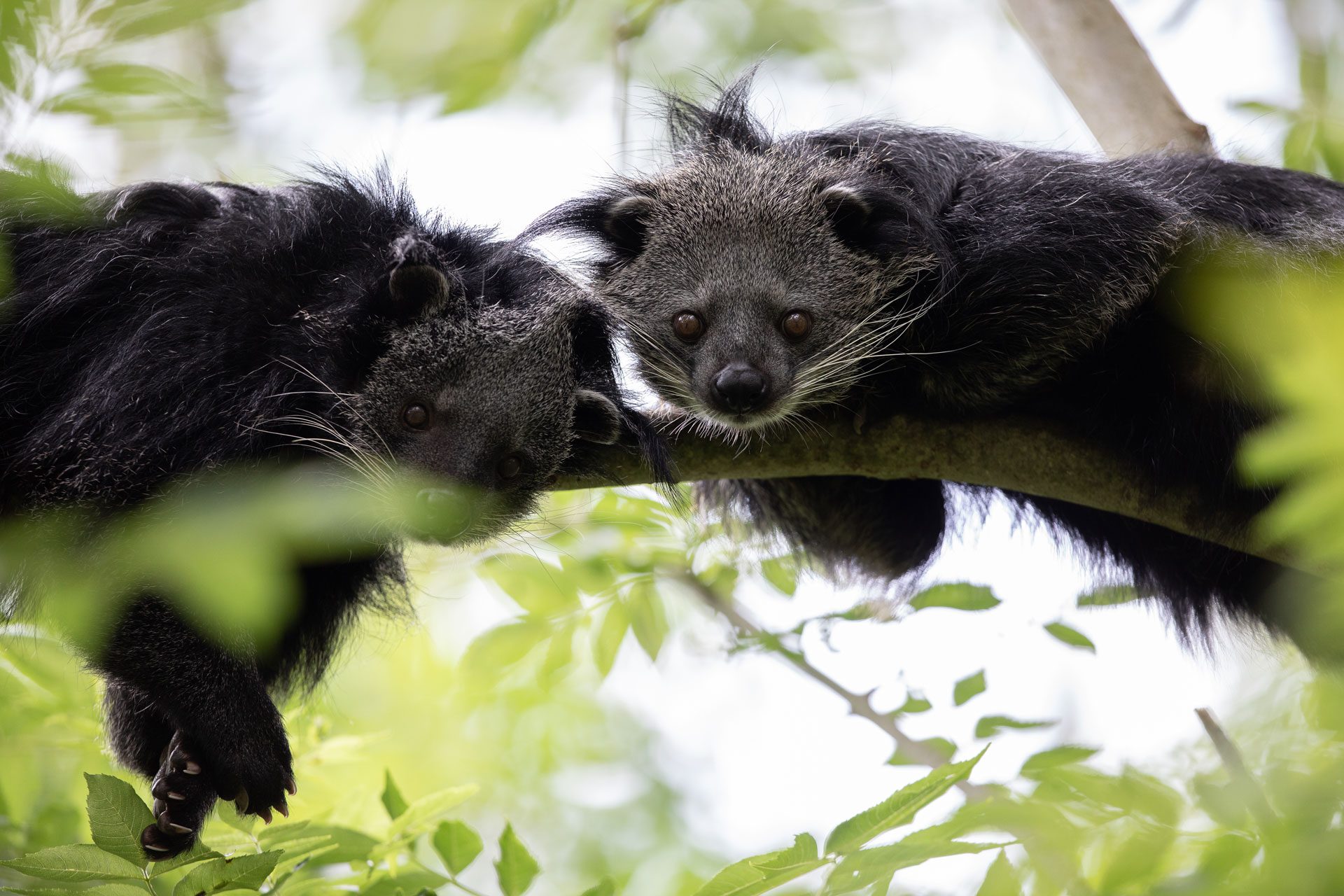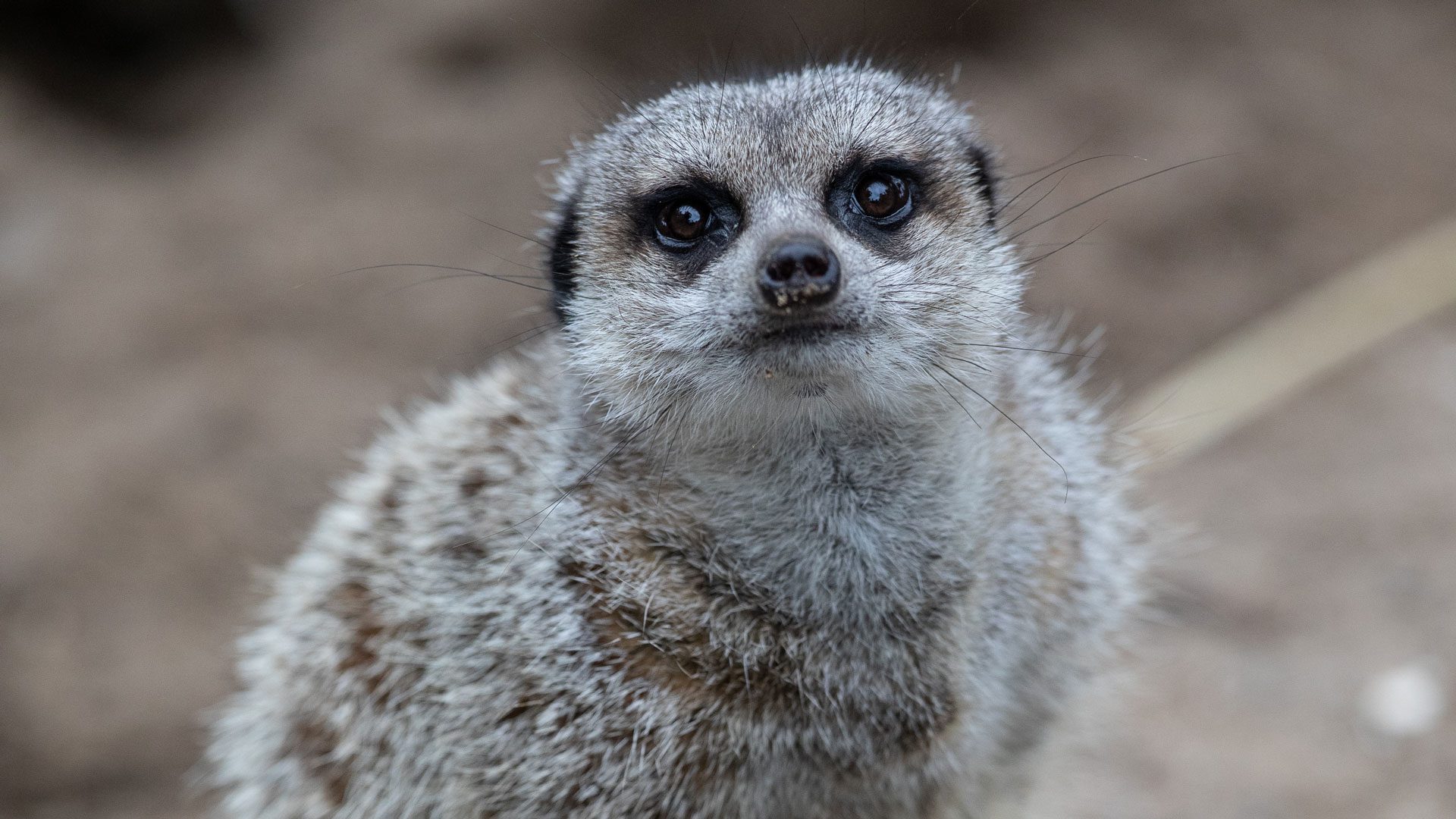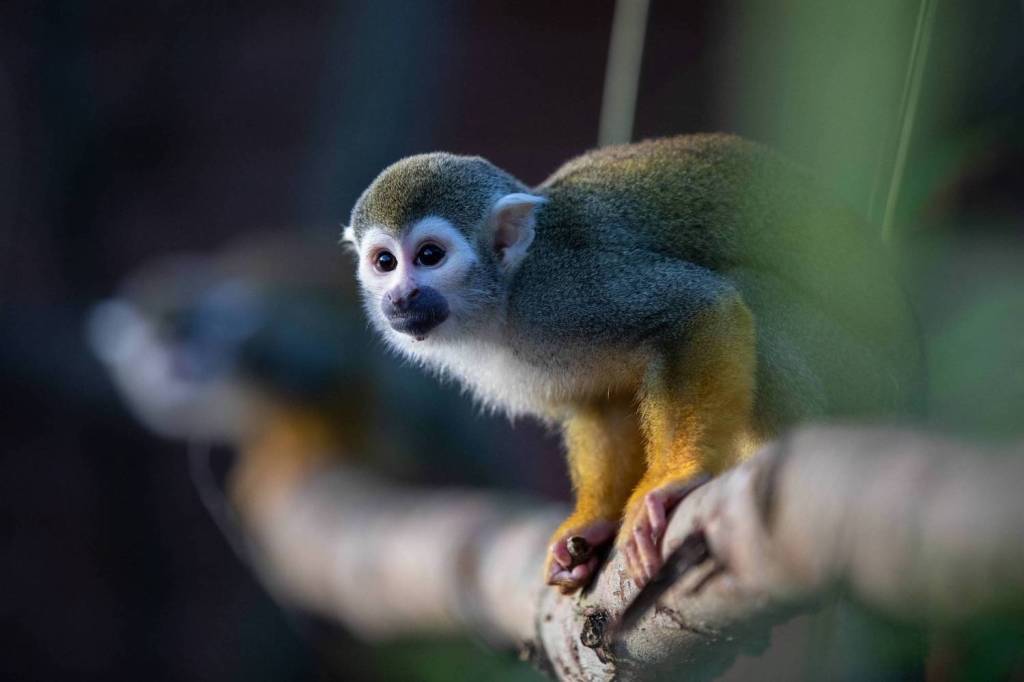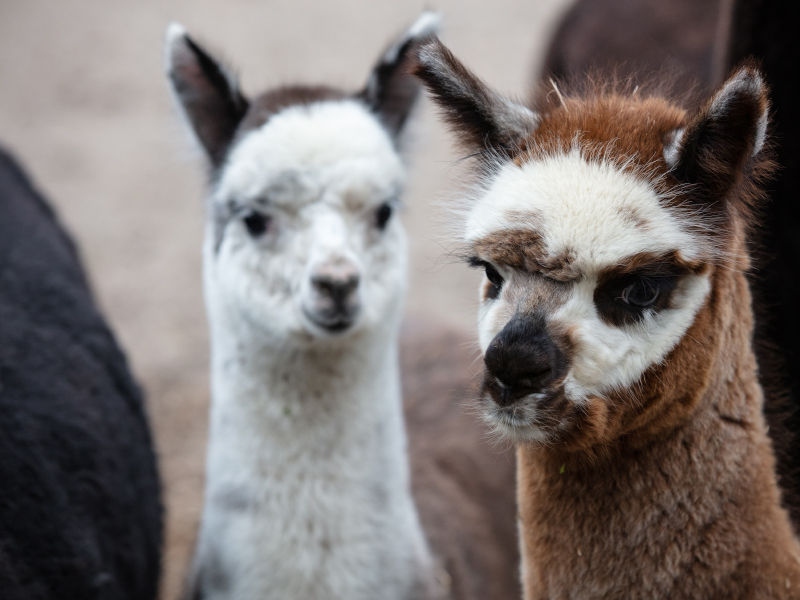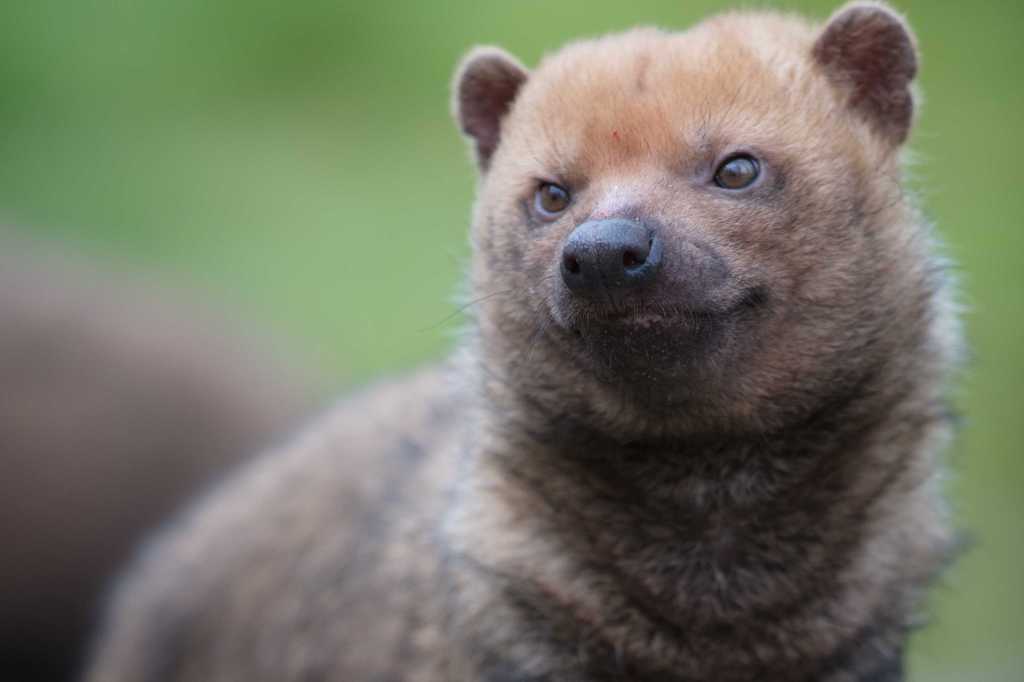Sulawesi crested macaques are one of seven species of macaque, that are endemic to Sulawesi Island, in Indonesia. They are medium-sized monkeys that are sometimes mistaken as apes, due to the small size of their tail. Their bodies are covered in black, shiny hair, except for their rear ends, which have no fur and are pink in colour.
Sulawesi crested macaques are diurnal primates that like to spend their day foraging on the forest floor. They are very social animals that live in groups consisting of an alpha male, multiple breeding females and their offspring. Grooming is an important behaviour, that occurs between group members, which helps to maintain strong bonds as well as aiding in parasite removal.

Popular Searches
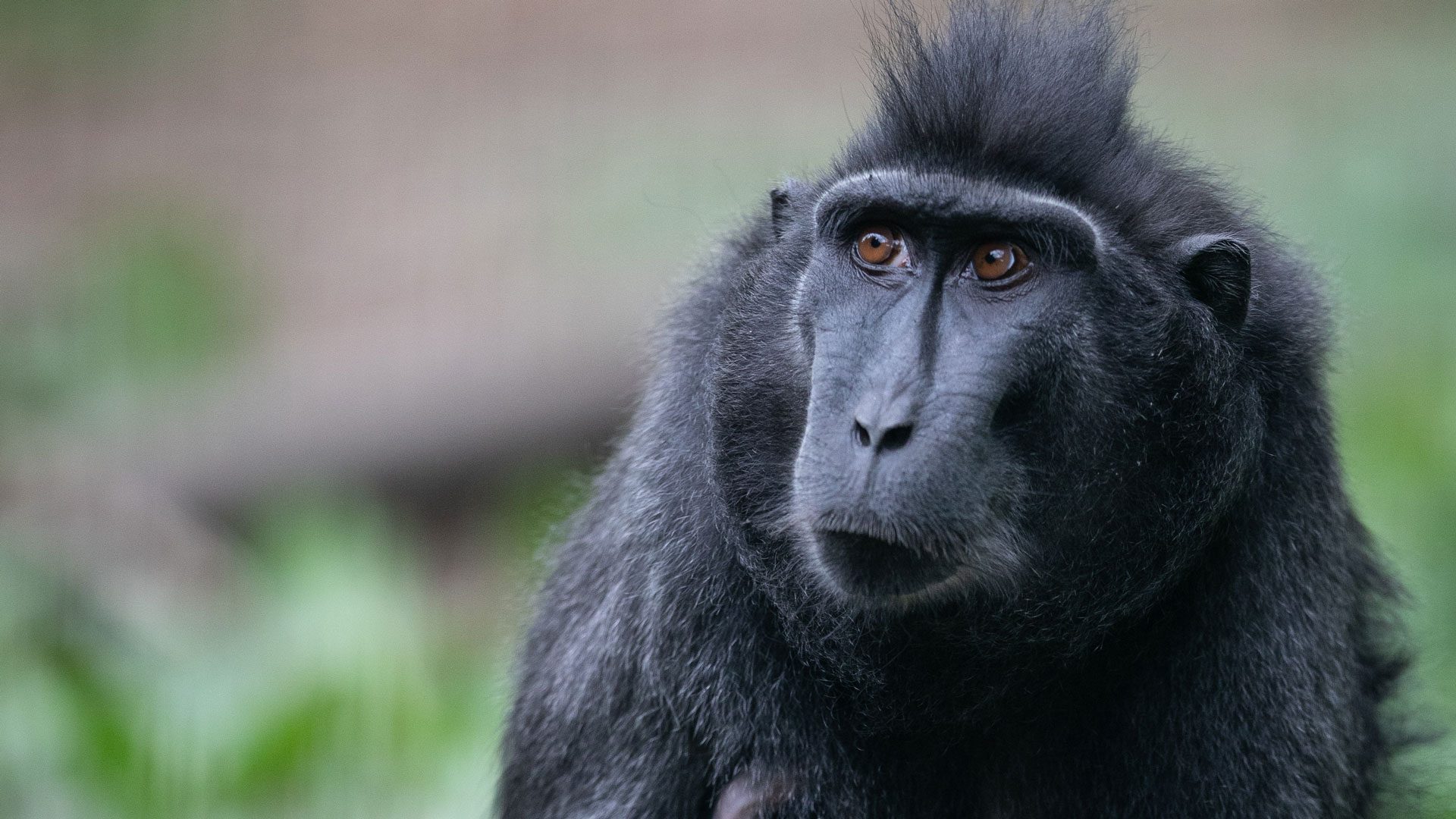
Sulawesi crested macaque
For more info on classifications visit
www.iucnredlist.org
-
Introduction
-
Conservation
Sulawesi crested macaques are critically endangered.
There has been a loss of almost 80% of the population in the last 30 years due to ongoing habitat loss and illegal hunting for meat. Trapping for the pet trade and indiscriminate trapping are also influencing the population.
There are estimated to be less than 6000 individuals on Sulawesi Island with approximately 100,000, that have been introduced, on nearby islands.
Emerald Park conservation contribution:
EEP
Sulawesi crested macaques are part of the EAZA Ex-situ Programme (EEP). This means that their population is managed to ensure that there are healthy individuals within EAZA member zoos should there be the requirement of reintroductions, to the wild, in the future.
Macaca Nigra Project
Emerald Park has contributed to the important work of the Macaca nigra project through donating funds. €10,000 has been donated directly to the project to allow for research and monitoring of the species, as well as public engagement and empowerment of local populations to help them to protect their environment. -
Habitat
Sulawesi crested macaques can only be found on the islands of Indonesia, in particular the north-eastern point of the island of Sulawesi but also other small neighbouring islands where they have been introduced.
They inhabit humid, tropical rain forests, and will often spend most of their time on the ground foraging for food. -
Fun Facts
Many birds will follow the macaques, as they move through the trees, picking off the insects that have been disturbed by the macaques.
When females come into season their rear ends become swollen and reddish in colour. One infant will be born after 5-6 months. The mother will do most of the caring of the young, but the baby will also be looked after by the other juvenile females in the group, supervised by the mother. This is known as Aunting behaviour.



